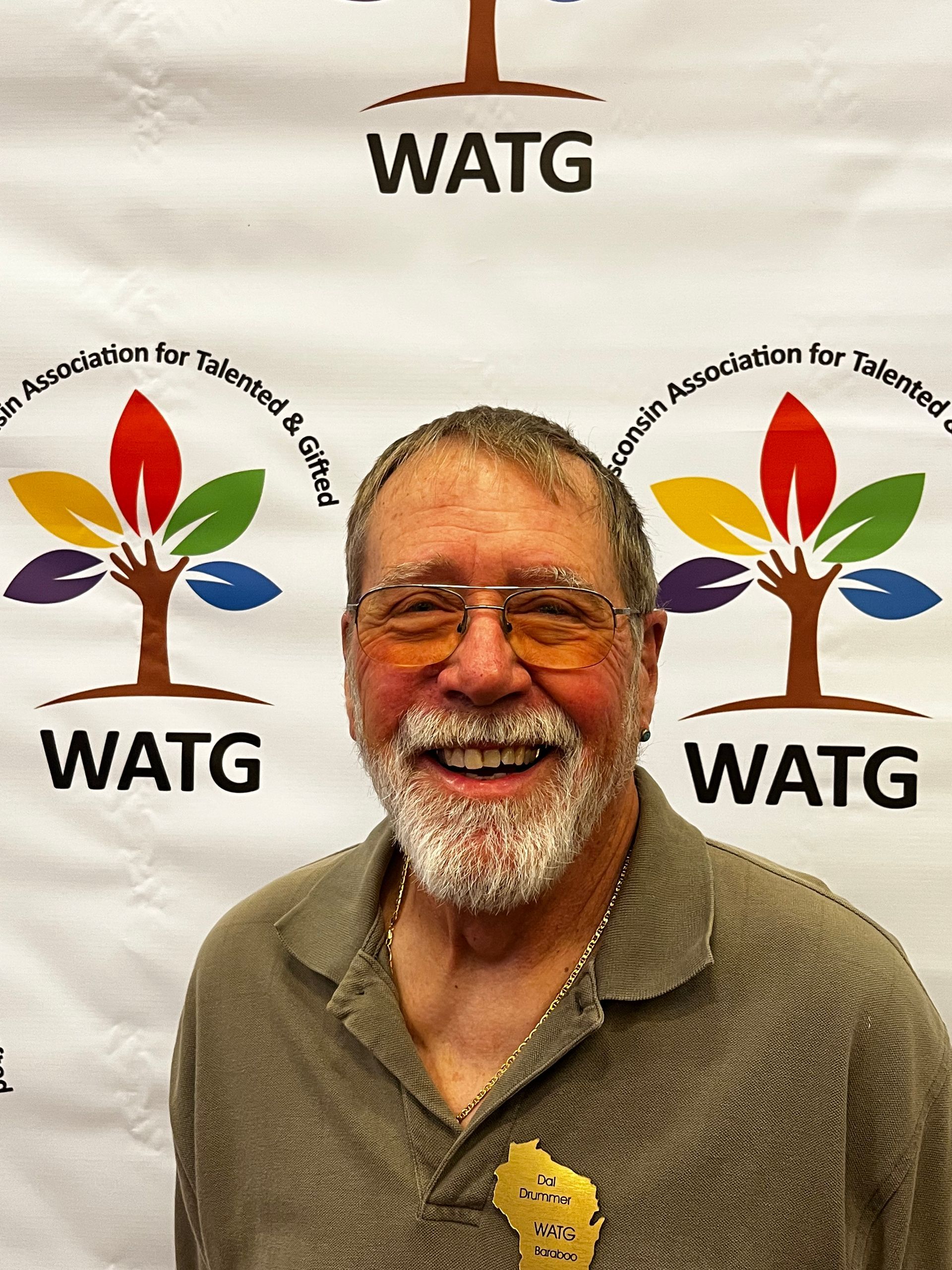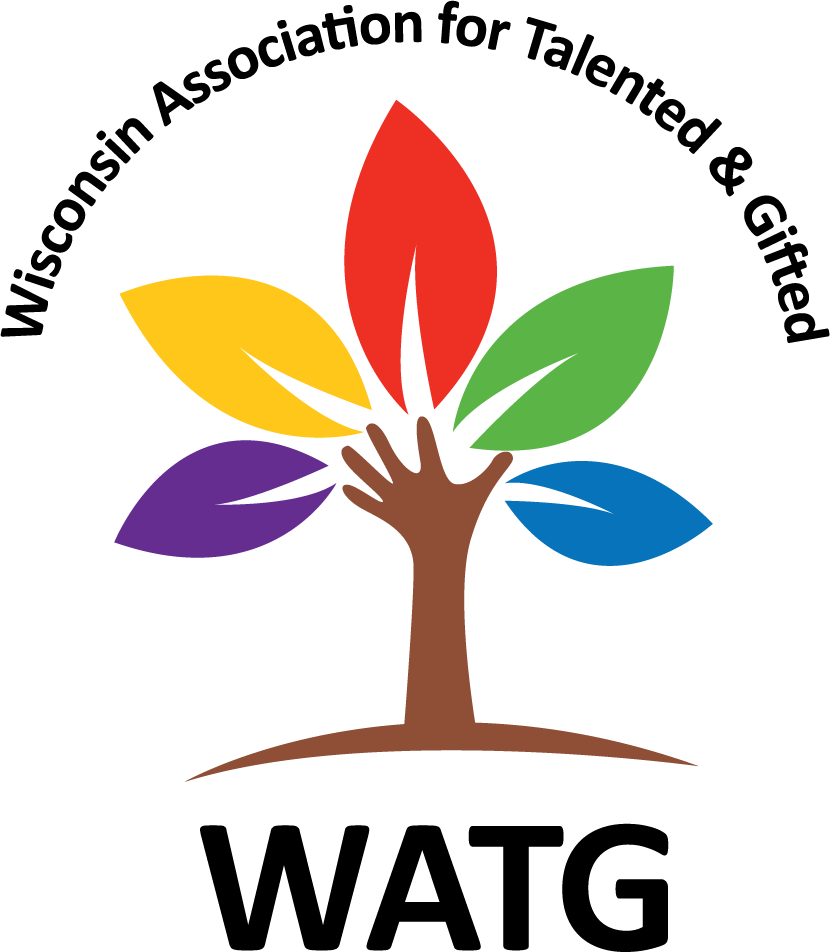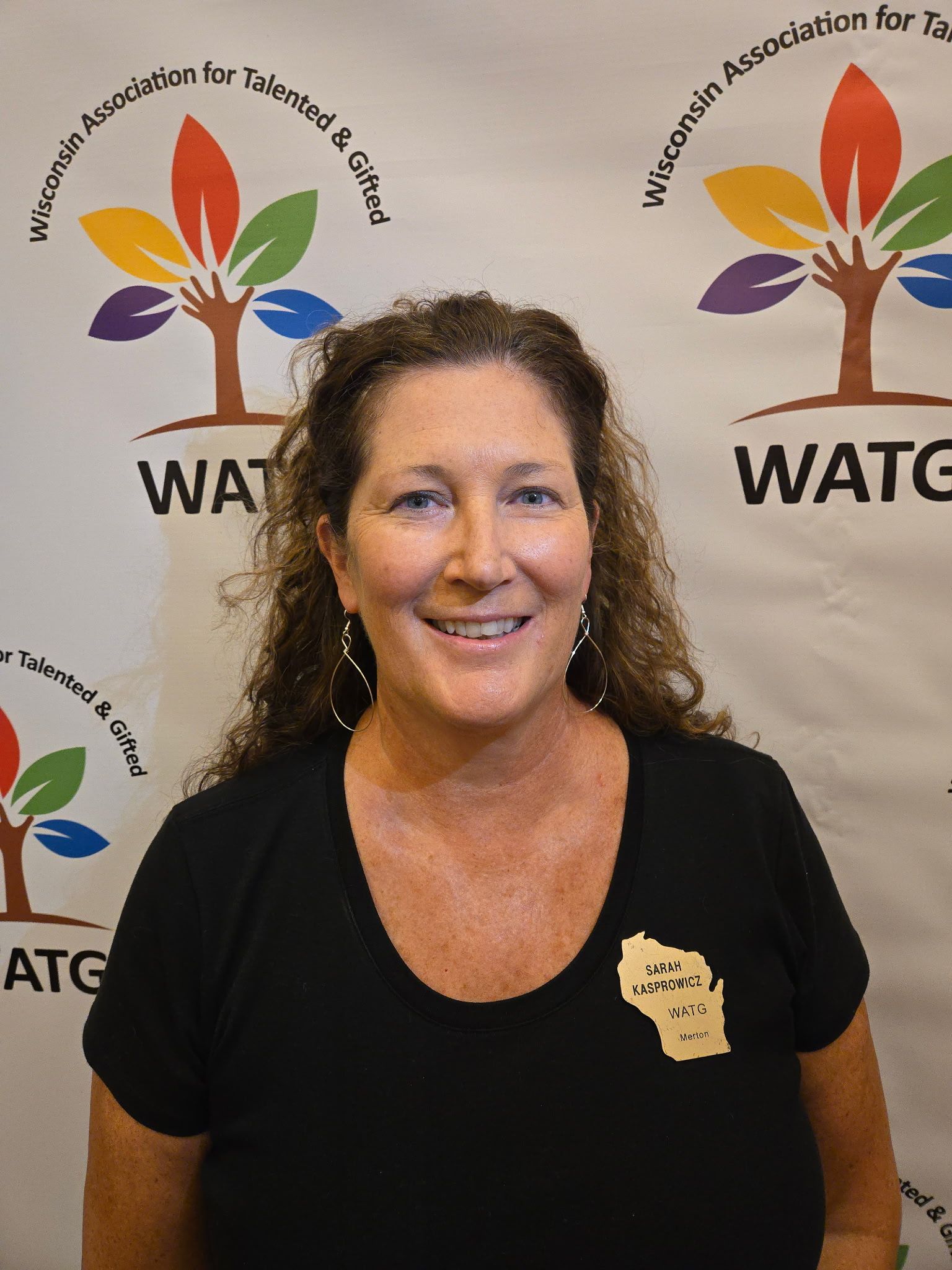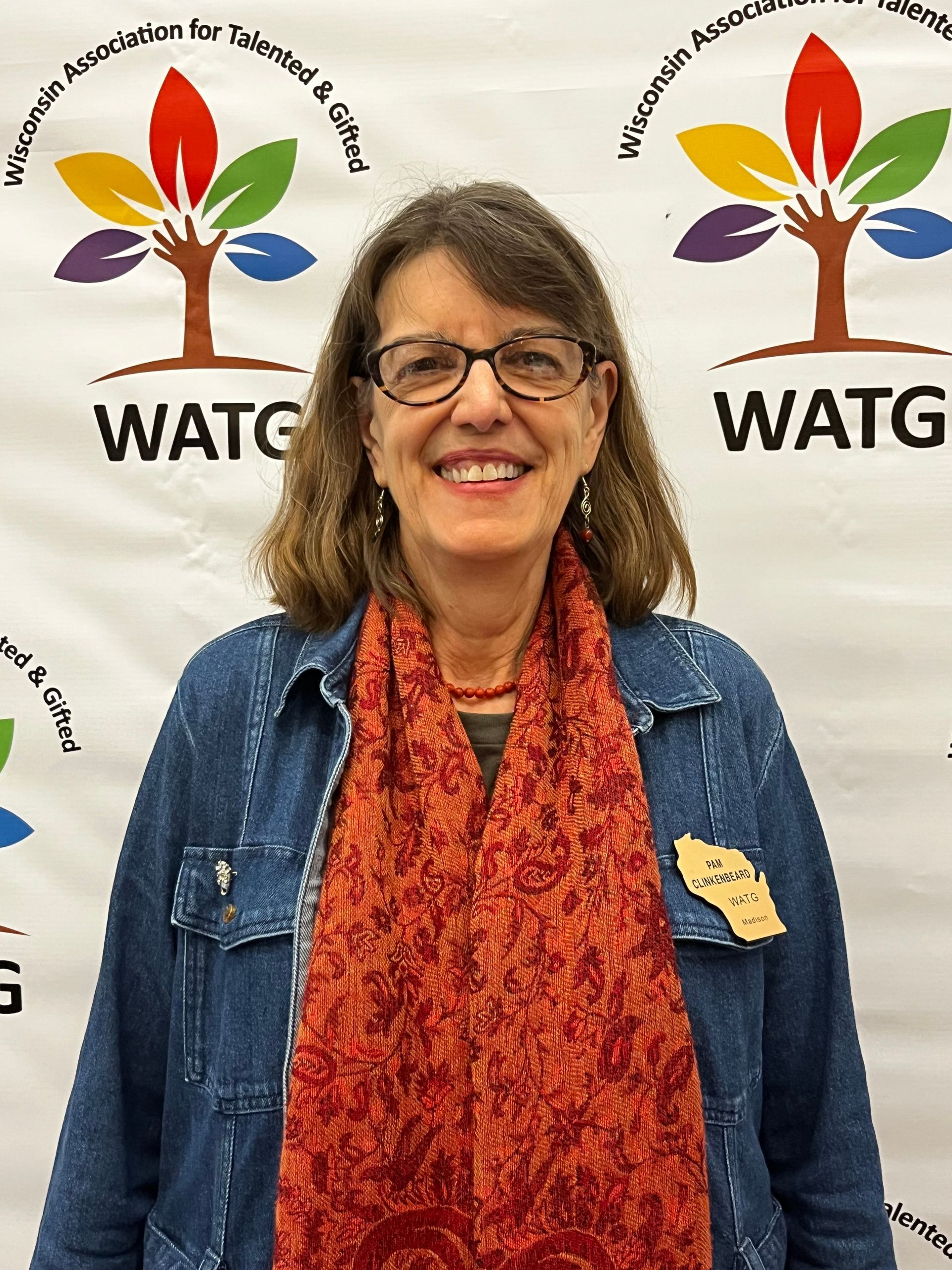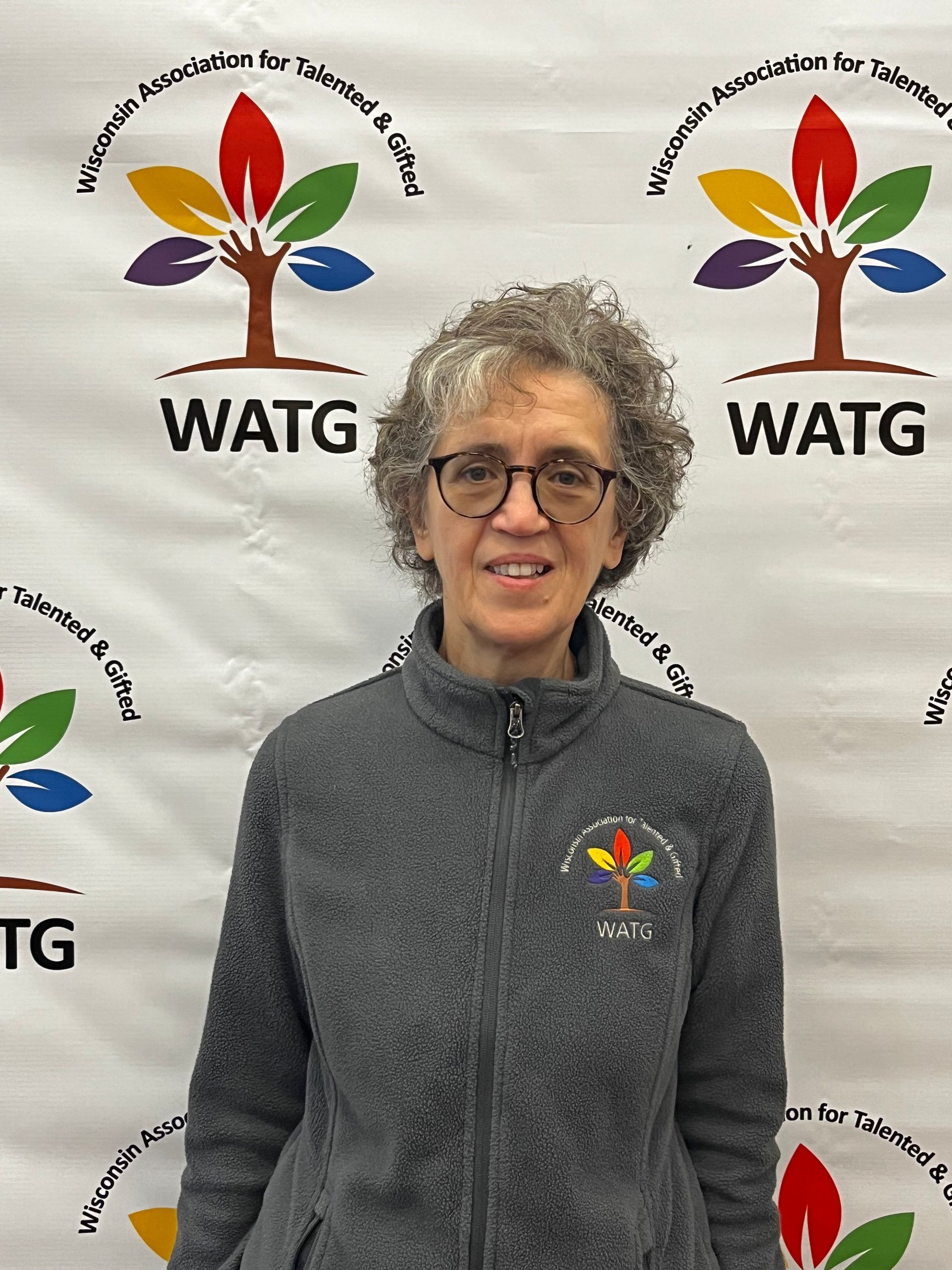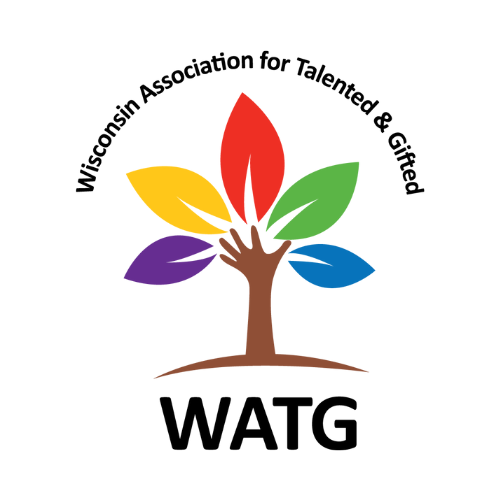A Recovering Perfectionist Writing About Perfectionism in Gifted Students
Perfectionism is a behavioral characteristic often associated with gifted students. Conversely, it is important to recognize not all gifted students have perfectionistic tendencies. Perfectionism can look differently depending on the development level of your child/student. Over time, perfectionism gets harder to spot as students seek adult input less. Susan Winnebrenner (2018) in her practical guide Teaching Gifted Kids in Today’s Classroom provides a comprehensive list regarding how perfectionism can present itself within students who are gifted.
Perfectionists often:
- Believe that what they can do is more important and valuable than who they are.
- Believe that their worth as human beings depends on being perfect.
- Set impossible goals for themselves.
- Have been praised consistently for their “greatness” and exceptional ability; they fear they will lose the regard of others if they can’t continue to demonstrate that exceptionality.
- May suffer from the “imposter syndrome” – the belief that they aren’t really capable and don’t deserve their success.
- Resist challenging work for fear that their struggle will be seen by others.
- Work very slowly in the hope that their products will be perfect.
- Discover a mistake in their work; erase until there is a hole in the paper, or crumple up the paper and throw it away – sometimes accompanied by tears (or, in older children, choice words).
- Limit their options and avoid taking risks.
- Procrastinate to the point at which work never gets done or even started. In this way, they ensure that no one can ever really judge their work, and they don't have to face the possibility that their best may not be good enough.
- May cry easily in frustration when their work at school doesn’t seem to reach a state of being perfect. (This is often misjudged as immaturity or the result of too much pressure from home.)
- Ask for lots of extra time to complete their work.
- Ask for lots of help and reassurance from the teacher. (“Is this all right? Please repeat the directions.”)
- Can’t take criticism or suggestions for improvement without being defensive, angry, or cheerful. Criticism proves that they aren’t perfect, and suggestions imply that they aren’t perfect. Imperfection is intolerable.
- Expect other people to be perfect – especially classmates, teammates, and teachers, and often parents.
- Are never satisfied with their successes.
Knowing this, we as supporters (teachers, parents, counselors, etc.) can assist with helping the perfectionists in our lives move past this. In part, what we say and what we place value in shapes how students approach tasks and ultimately what their expectations are. Dweck’s research with mindset theory confirms the idea that effort-based praise that values hard work on challenging tasks will ultimately lead to better outcomes for students. Supporters need to help perfectionists develop an appreciation for the learning process and not place value on the end result. Students need to be in situations where they are appropriately challenged and encouraged in productive struggle. Simply stated, students need practice being frustrated, making mistakes, and realizing perfection is not the goal – learning is the goal.
Zay Lenaburg, a Gifted & Talented SEL teacher, reflected on recent
SEL lessons she developed to meet the needs of her second graders. Zay recognized that:
After six to eight weeks of school, many highly gifted students experience emotional challenges related to not being the best, not achieving perfection, and encountering academic struggles for the first time. For many of these intellectually gifted students, struggling academically is a new experience. Therefore, it is important to discuss perfectionism, the value of making mistakes, and the concept of failing and moving forward. The lesson plan I created is part of a unit on perfectionism, focusing on understanding what it is, how to strive for excellence, and ways to improve. After discussing these concepts, we then put them into practice.
Social emotional learning is embedded in everything we do at school, home, playgrounds, competitions, etc. It is also important to recognize that explicitly teaching social emotional skills is helpful and provides children with a starting point to recognizing their emotions and what they do in response.
So, what have I learned as a recovering perfectionist? It’s acceptable to make mistakes and take risks – these are ideas I want to promote because it’s how we grow and learn. I welcome a challenge; over time I’ve recognized that those challenging situations lead me to places I never expected. I acknowledge my negative self-talk related to perfectionism and actively combat that by continuing to take risks and undoubtedly make mistakes that can and should be celebrated.
Winebrenner, S. (2018).
Teaching gifted kids in today's classroom: strategies and techniques every teacher can use. Free Spirit Publishing Inc.
